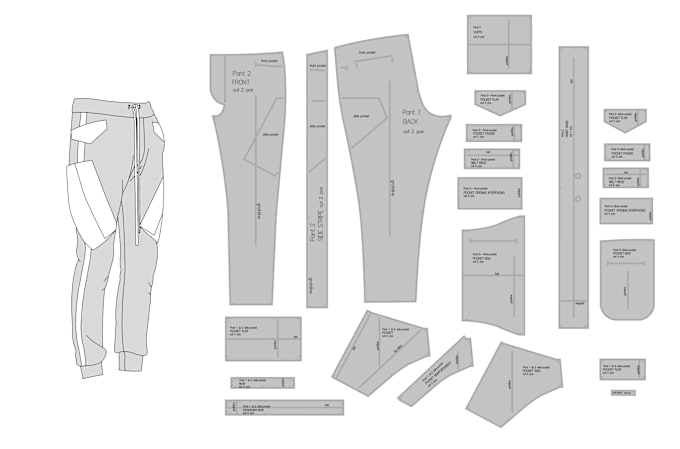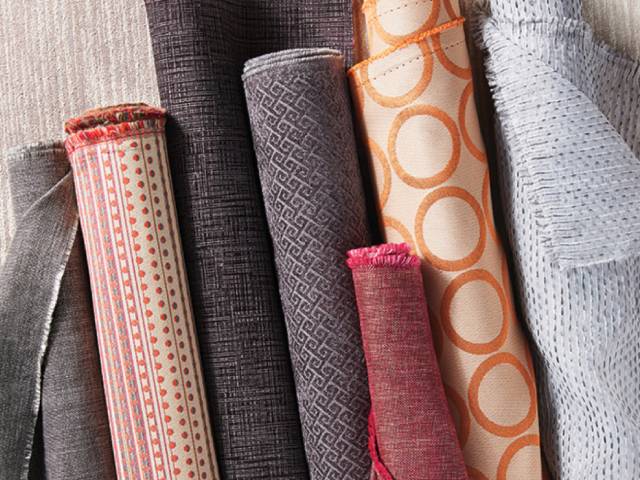
Personal Style Exploration
Exploring Preferences:
Boys experiment with various clothing styles, colors, and trends to discover what resonates with their personality.
From casual streetwear to sporty attire or formal wear, each style choice reflects individual preferences and interests.
Creative Expression:
Choosing outfits based on personal taste allows boys to express creativity and imagination through fashion.
Mixing and matching garments, accessories, and footwear enables them to create distinctive looks that speak to their personality.
Cultural and Social Influences
Cultural Identity:
Clothing often reflects cultural heritage and traditions, providing boys with opportunities to celebrate their roots.
Incorporating ethnic patterns, traditional attire, or symbolic accessories honors cultural identity and fosters pride.
Peer Influence:
Peer groups and social circles influence clothing choices, as boys seek acceptance and solidarity within their community.
Following fashion trends or adopting styles endorsed by friends can be a form of social bonding and mutual expression.
Emotional Expression
Mood and Attire:
Clothing can convey emotions and moods subtly through color choices, patterns, and graphic designs.
Wearing favorite garments or comfort clothing may offer emotional reassurance and a sense of security during challenging times.
Empowerment and Confidence:
Dressing in outfits that align with personal preferences and comfort levels enhances self-esteem and confidence.
Feeling good in one's clothes promotes a positive self-image and fosters a resilient mindset in boys.
Forming Identity and Independence
Identity Formation:
Clothing plays a pivotal role in shaping boys' sense of identity and individuality from a young age.
Exploring diverse fashion styles allows them to define themselves authentically and embrace their evolving self-concept.
Asserting Independence:
Choosing clothing independently from caregivers fosters a sense of autonomy and decision-making skills.
Developing a personal wardrobe encourages responsibility and ownership over personal appearance.
Conclusion
Boys' clothing serves as a dynamic platform for self-expression, encompassing creativity, cultural identity, emotional resonance, and personal empowerment. By encouraging boys to explore and embrace their individuality through fashion choices, caregivers and educators support holistic development, nurturing confident and self-aware individuals who celebrate their uniqueness through their clothing preferences.




